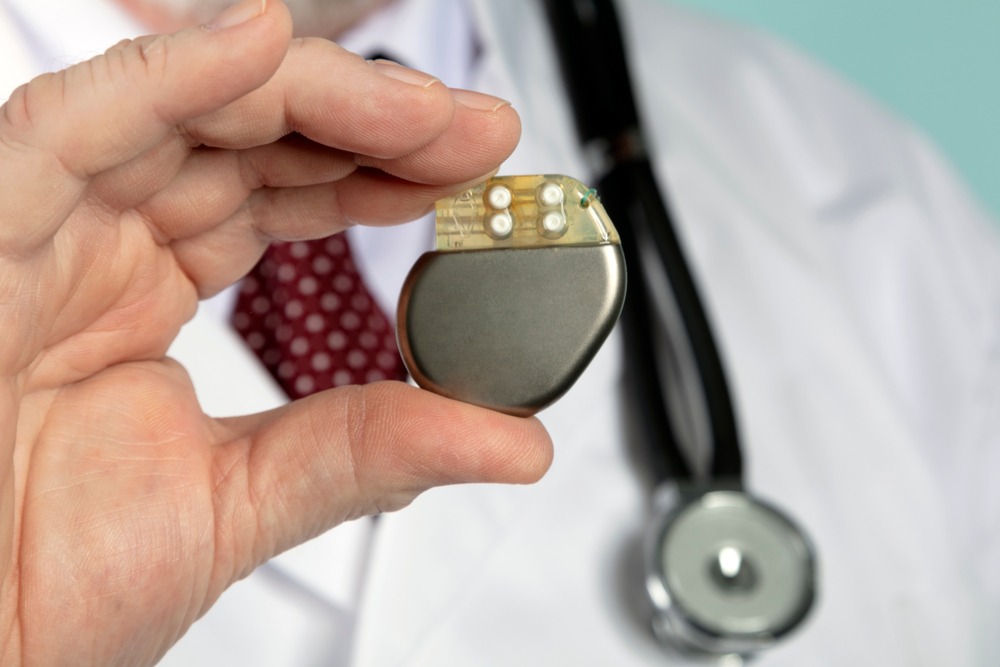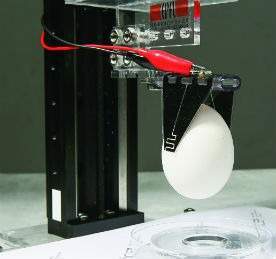
The implantable medical devices market is radically transforming with new advancements in cardiovascular and orthopaedic implants underway.
The growing zest among geriatric patients to live and lead a healthy lifestyle has prompted medical experts and professionals to come up with artificial or mechanical organs that can function well to ensure longevity of life.
Among the first medical implants to be incorporated in a human body was the pacemaker.
First introduced in 1958, over 3 million patients with pacemakers live worldwide.
The prevalence of arrythmias is anticipated to be 1.5% to 5% in the general population in the near future, indicating the considerable need for cardiovascular devices.
If we consider even a single country’s data, almost 1,000 people suffer sudden cardiac arrest each day in the United Sates, of which only 10% survive.
Frequent cardiac arrests and disturbed rhythms of the heart has brought with it crucial demand for pacemakers globally.
The device can be used to treat some abnormal heart beats that can cause the heart to either beat too slowly or miss beats, elevating the risks of fatality due to heart attack.
It has been recommended that a patient implanted with a pacemaker still needs to take medicines for heart failure.
This would mean that incorporation of a pacemaker does not completely combat the chances or risks of cardiac arrests.
Market movements
Globally, the implanted medical devices market is poised to reach a valuation of $138.8bn by 2025.
Cardiac devices are expected to hold a notable share of this value, since heart problems are among the leading causes of mortality.
Technological advancements in this space have opened up new avenues for various tech and medical leaders, who have been at the forefront of technological disruption.
In October last year, Medtronic introduced Azure, a pacemaker that communicates directly with patients’ smartphones and tablets.
The product features Medtronic-exclusive BlueSync technology, which allows secure wireless and automatic communication through Bluetooth Low Energy and remote monitoring via the company’s CareLink Network.
Moreover, it is slated to offer timely signals of clinically relevant patient events that can be potentially reviewed by a clinician at any point of time.
What makes the product quite different than its counterparts in the market is that the device is highly secured and end-to-end encrypted to protect patient data.
Reusing pacemakers
Is it ideal to re-use explanted pacemakers? Apparently yes once they’re undergone proper sterilisation.
This approach was validated by a 2017 study presented at the Annual Congress of the Mexican Society of Cardiology.
In the experiment, it was showcased that with a thorough and regulated sterilisation process, explanted pacemakers with a battery life of more than 6 years can be safely re-used.
Millennials fuel plastic surgery boom and gluteal implants adoption take a toll
The trend of looking toned, healthy, and curvy has undeniably spurred the need for plastic surgery globally, including buttocks uplift surgery.
A report by Bloomberg suggests that the gluteal implant procedures across the U.S. skyrocketed from 970 to 1,179, recording a growth of 22% in 2020.
Gluteal implants enhance the shape and structure of the pelvic region giving a curvy structure to the human body, which is quite in trend these days.
This is why various companies involved in the business are now coming up with novel ideas to furnish the demands for customers.
Recently, Body Cosmetics of Beverly Hills, announced being one of Southern California’s only gluteal enhancement firms using silicone buttock implants. These implants are touted to have myriad benefits over Brazilian butt-lift procedures.
Implantable medical devices have been playing an indispensable role in people’s lives, giving them a new ray of hope and a reason to live, adding to a much brighter future of implantable medical devices market.
A considerable spending capacity in developed regions and the emergence of affordable solutions across emerging economies will foster implantable medical devices industry outlook over the coming decade.






